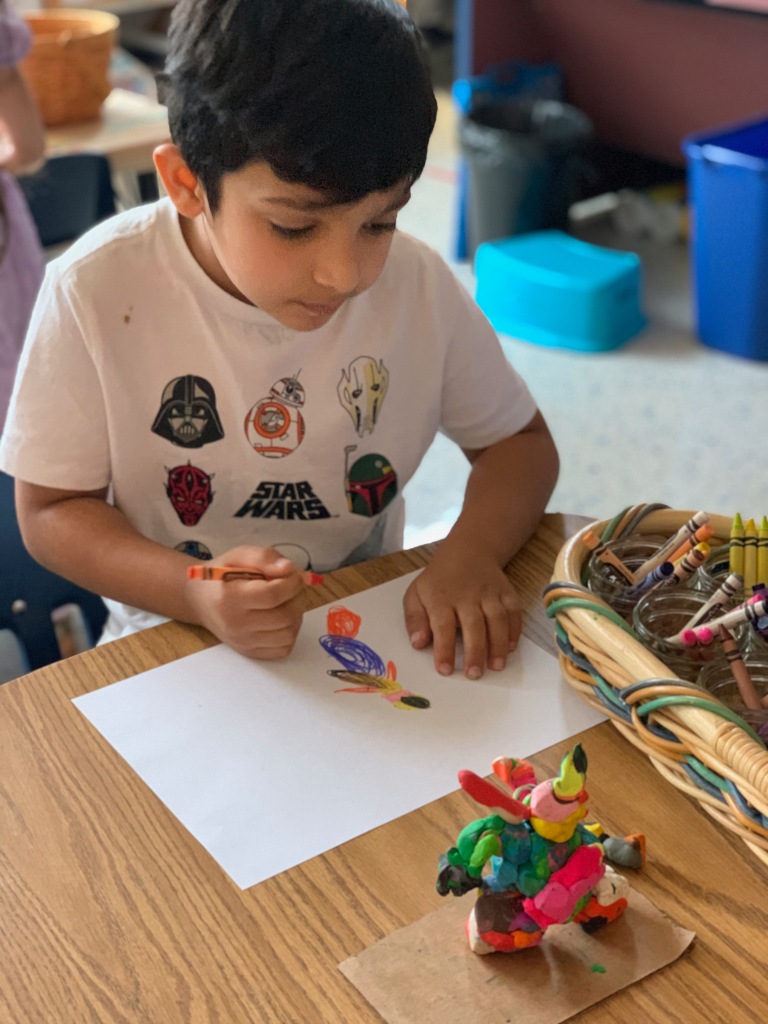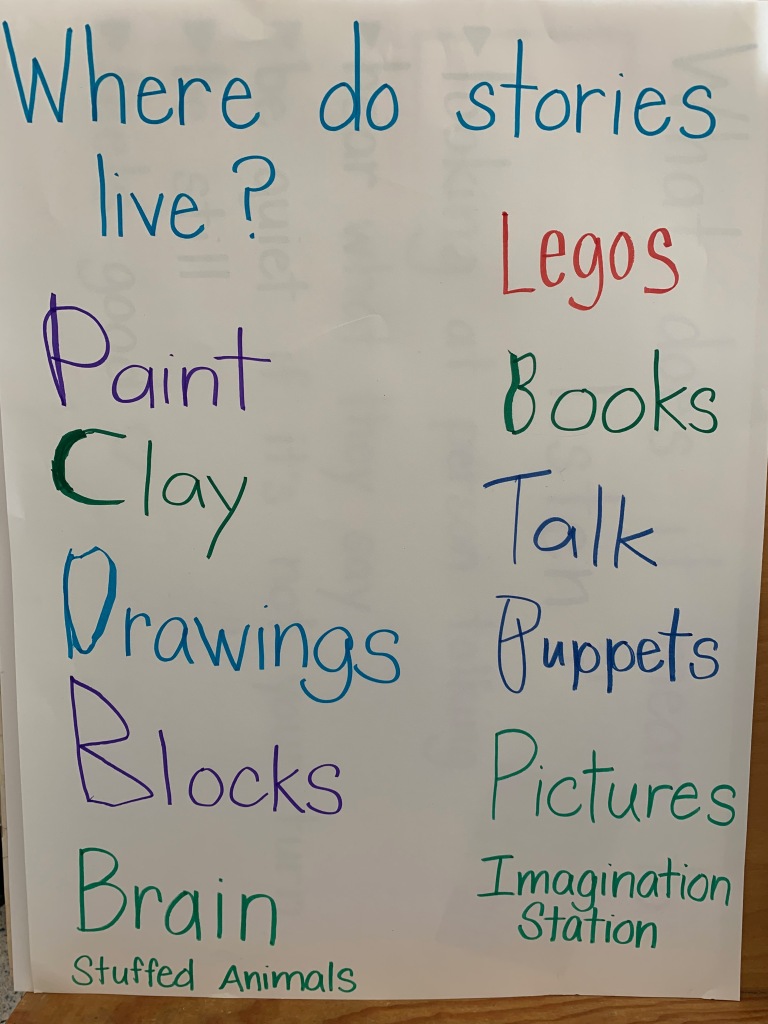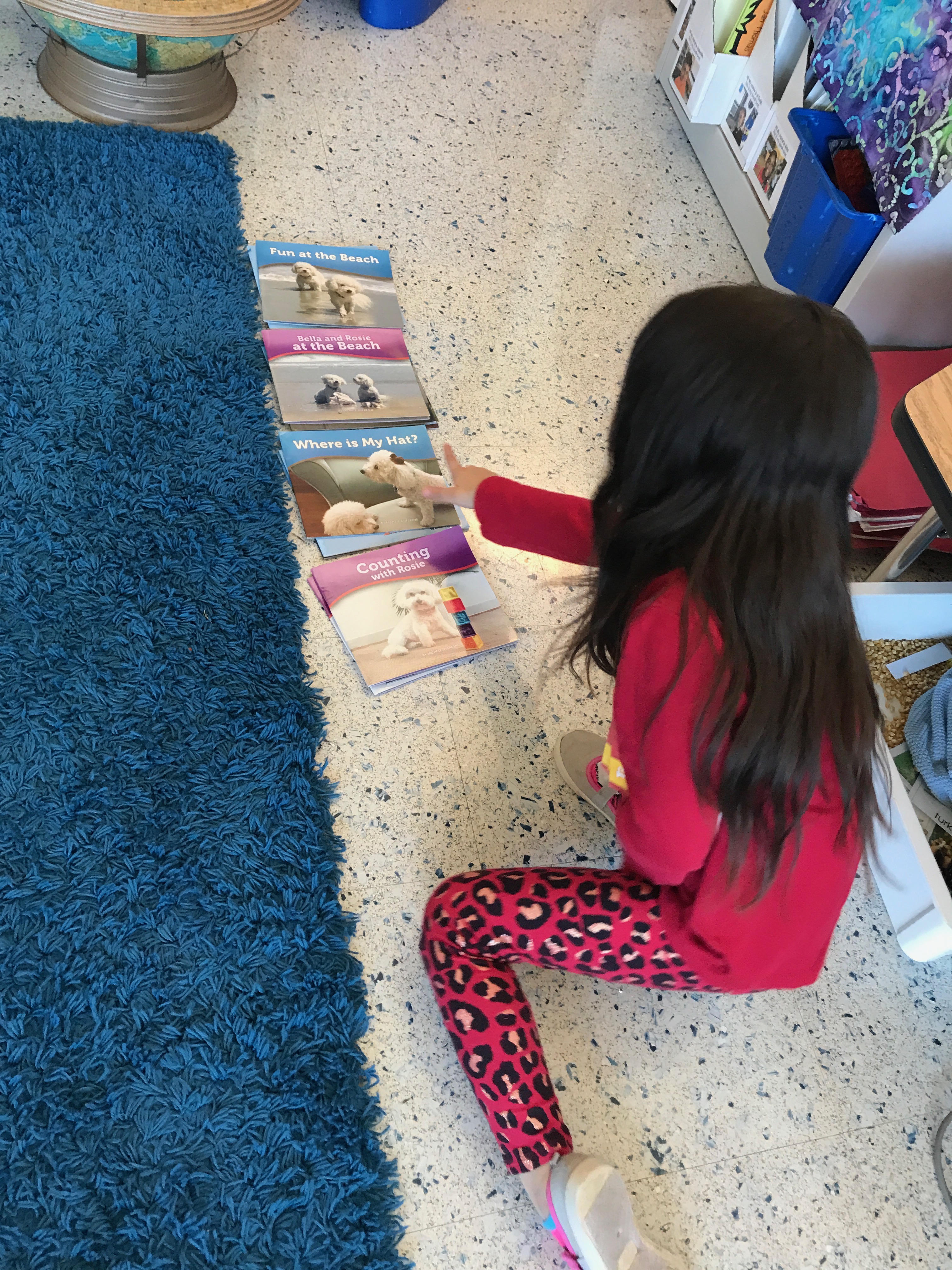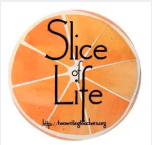Children need the freedom and time to play. Play is not a luxury. Play is a necessity.
– Kay Redfield Jamison
Our classrooms are filled with opportunities for children to play. We have blocks, dramatic play areas, loose parts, puppets, sand tables, water and sensory boxes, abundant book baskets and art areas full of supplies for children to create, enjoy and play. When we moved to distance learning in March, I wanted to be sure that the opportunities I was providing for synchronous and asynchronous learning were filled with play. We know that children learn through play, and I didn’t want that to change with the switch to distance learning. Our school required us to send home a choice board each week with activities for each content area, and our kindergarten team decided to focus on open-ended, play invitations with this board. We kept an ongoing brainstorm list of ideas and pulled from it each week when we created our document to go home. I will share that document with you here. Feel free to make a copy and add your own ideas or adapt and change these to meet the needs of your families.
Here are some of my thoughts about creating and using play invitations or choice boards.
- Less is more. Keep many of the choices the same over time – if they are open ended and encourage playful learning, then kids can engage with them again and again. I think of our classroom. We have a predictable structure and keep things basically the same over time (readers workshop, writers workshop, blocks, dramatic play, art, math stations, etc…) and only change them out when we notice attention is waning, when we introduce a new inquiry or hear children talking about areas of interest. I viewed this choice board in the same way, allowing children time to go deeper into their play, instead of having this be a checklist to “get it done”. Families appreciated the same structure and ideas on the choice board when they stayed the same over time, and only changed occasionally. Children were invited to share about what they had done on the choice boards during our Google Meets, and I listened carefully as I planned the choices for the following week.
- Introduce the choices with a short video invitation. I coded each square on the choice board with a letter and number (for example, the literacy choices could be L1, L2, etc..) to refer to in the video title. You can then read the task, have a brief conversation about what they might do in that task and model the task when it’s appropriate – or just leave it wide open for their exploration. These videos can build excitement for the invitation – just as we would in the classroom when introducing a new play provocation, invitation or possibility. You can save them on a private YouTube channel so kids can access easily. It also allows for more independence when children are interacting with the choice board.
- Make sure families have access to a digital copy (I put mine in our Google Classroom each week), and a hard copy (I mailed home a copy each week). Some families liked the digital copy, and I could also add links to this one. Some families liked having a hard copy for kids to color in the squares as they engaged with the activities. I had one child who would make rainbows in each box as she revisited the invitations again and again. Here are a few examples of our choice boards. The hard copy was one page for easy printing. The digital copy included links and was a longer document. Families had access to both each week.
- In addition to giving 2-3 choices for each content area, we had a “Link of the Week” on every choice board that looked similar to this: Link of the week: Nat Geo Kids and Cincinnati Zoo Home Safari. Go on a virtual field trip to learn about new zoo animals from the zookeepers at the Cincinnati Zoo. Can you find those animals on the National Geographic Kids site? What more can you learn? We pulled from a growing list of virtual field trips, explorations, and sites that we discovered that encouraged active, playful learning and inquiry.
- I also created a Padlet for my class. I added links that we visited during our Google Meets and other sites that were of interest to the kids, based on their interests and conversations we had in class. I included a link to our private YouTube channel where I would read books aloud and sing our favorite songs, links to sites where they could get books online, favorite YouTube dance videos, virtual field trips and any links I thought they would enjoy. This was a nice “one stop shopping” place for families and kids to access independently. Padlet can be easily accessed on any device and is a great way to visually bookmark favorite links. You can also comment on each item and label it however you would like.
- As we look towards the beginning of a school year, it’s important for us to communicate the importance of play with our families. I felt that I had many opportunities to do that throughout the year with my class. With a new class starting in September, I will have to be very intentional with helping families understand the importance of play and making sure children have lots and lots of time each day to play. Kristi Mraz generously created an AWESOME document to help guide families with language to use when their children are playing at home. We adapted it to fit our families and language we had used with our kids. I’ll share it here. I also added photos of problem-solving anchor charts that we had created in the classroom. Check out Kristi’s blog for more wonderful ideas on virtual learning, play and writing and to see the original document.
I think it’s important to note, and to make sure families understand, that open-ended free play is critical for children, and that these are simply invitations. Kids will often have way better ideas than these! For example, one of my kids showed me this AMAZING colored masking tape art project she made on her wall with her stuffed animals in “Owl School”. Love it! Children shouldn’t be forced to do these things or required to do a certain amount each week. If a child is not engaging with any of these play invitations, it’s worth asking why and meeting with the child and their family to find out what interests them and what their play looks like at home. I certainly don’t want anything that I send home to be stressful or feel like a required assignment that must be completed. Play should be fun and engaging. I want my children and their families to look forward to these each week and to enjoy engaging in the activities together. And it’s up to me to figure out how to make that happen if it’s not.
How are you honoring a child’s right to play during distance learning?
Please share! Together we can make this the best it can be for now – until we are all back in our classrooms together – hugging, painting, building with blocks – enjoying each other once again.

Play, while it cannot change the external realities of children’s lives, can be a vehicle for children to explore and enjoy their differences and similarities and to create, even for a brief time, a more just world where everyone is an equal and valued participant.
– Patricia G. Ramsey
This is part 3 of my Kitchen Kindergarten series. For part 2, Math & Literacy Distance Learning go here, and for part 1, Distance Learning with Young Children, go here. Enjoy!


































